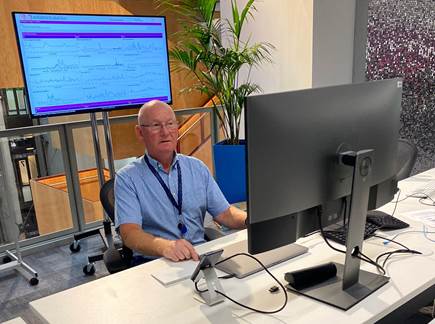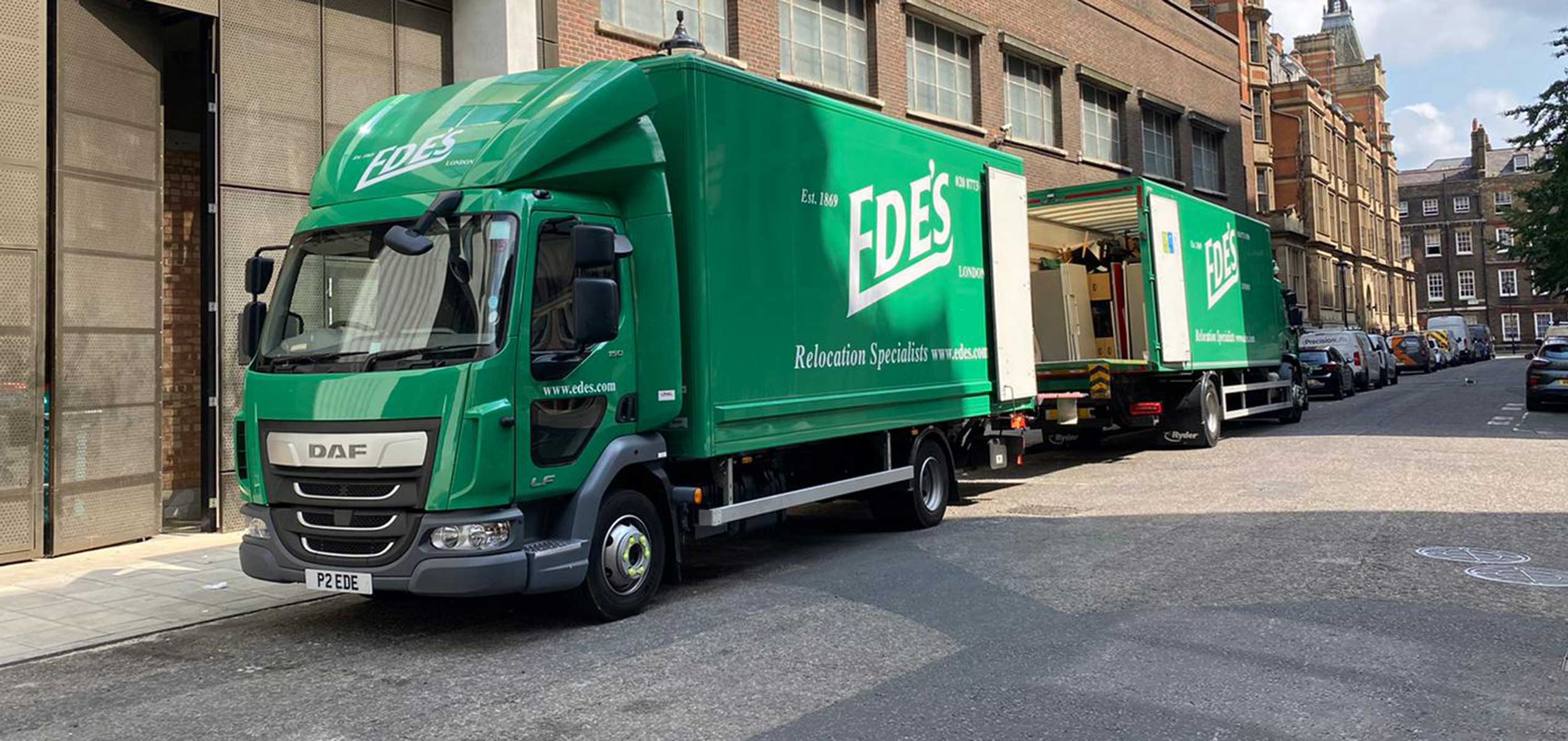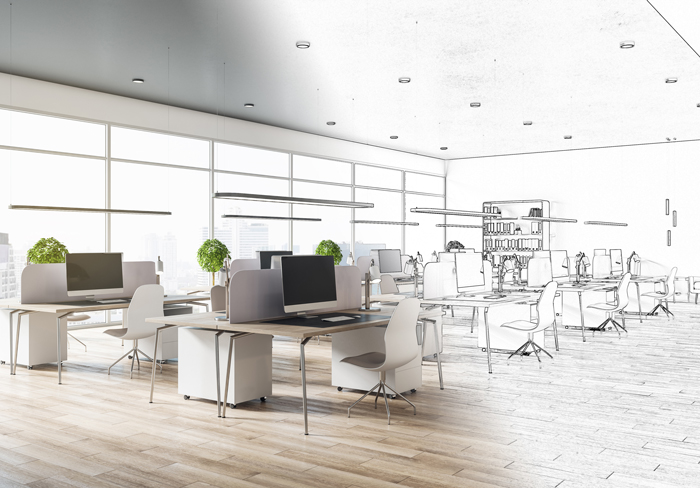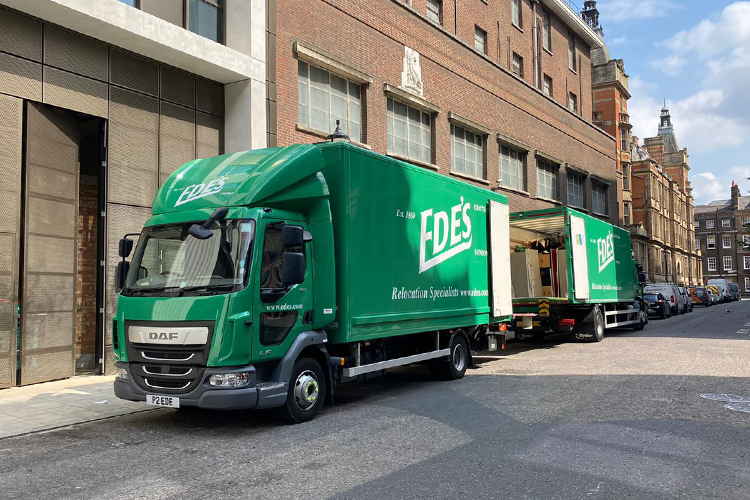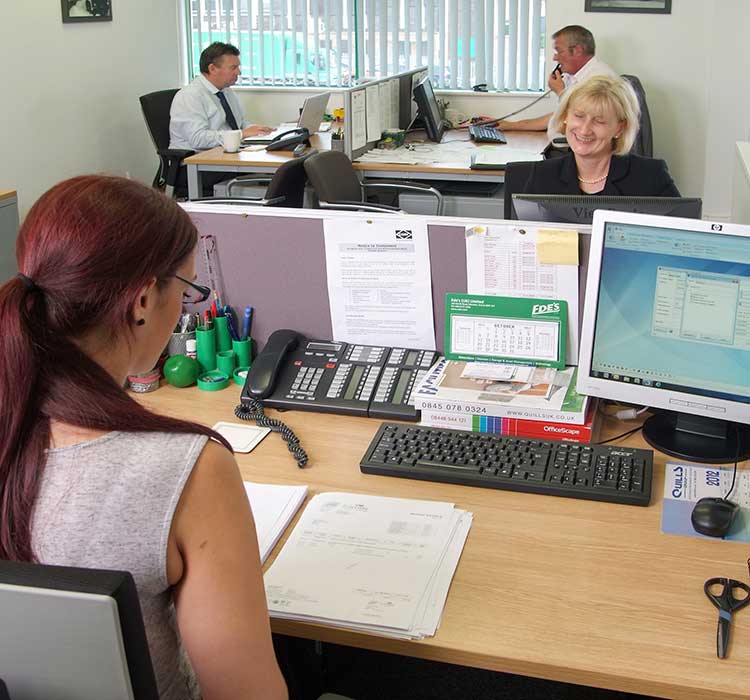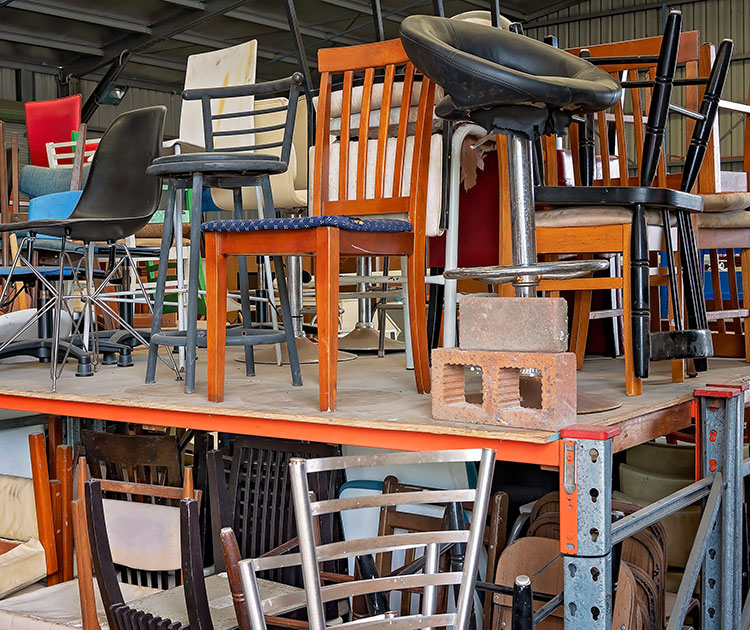Commencing in March 2020 we undertook the relocation of approx. 700 students and staff from their existing classrooms, work shops and offices to new locations on behalf of South Thames College (STC)
The project also included the relocation of office furniture, storerooms, kitchen and welfare areas, gym equipment, art rooms, IT, filing systems and the clearance of identified redundant furniture to recycling.
After the initial approach was made by STC to our dedicated Project Manager, we arranged for a site visit to be undertaken to ensure that the full scope of the project was understood. Schedules for identified completion dates and numerous specific departmental deadlines were discussed and agreed.
Our Project Manager was able to provide an expansive quotation for the scope of the works relating to each phase, focusing on elements such as access to buildings, any restrictions within specific move areas, the resources which were required to safely undertake the works, the requirement for packing crates, items to be removed to recycling and individual points of contact for each element of work.
After the quotation was accepted, a series of pre-move meetings with the client and departmental heads at STC was arranged to discuss any individual requirements, the provision of instructions relating to the correct labelling of assets and to highlight any possible variations that had been observed and should be immediately addressed.
On completion of these pre-move meetings, all action dates were confirmed, and the resources required were booked with our operations department to outline specifics such as which vehicle should be used to allow easier access. Specialist operatives such as IT Engineers to undertake the decommissioning/recommissioning of IT equipment and furniture fitters to allow for desk reconfigurations were also arranged at this time.
As we were working within a “live site” environment with students and teaching staff present onsite, we provided a full, detailed method statement and risk assessment which outlined our measures to mitigate potential risks to our staff and those who were occupying the building.
We actively engaged with onsite Safety Teams prior to our attendance to verify that clear safety protocols were in place. We suggested that each member of STC staff and their students should be notified by internal correspondence, advising where and when works were scheduled to take place and how these works would impact their usual working practices. Details of safe working routes, points of access and egress, muster points, onsite Health and Safety regulations, lift access and the provision of warning signs were discussed and agreed. As this project was undertaken during the COVID-19 pandemic, social distancing restrictions were paramount, and we adhered to government regulations regarding the wearing of PPE and COVID- safe working practices.
Our Project Manager was onsite and continually available throughout each phase of works to act as the first point of contact should any issues have arisen and undertook daily briefings with our operatives to highlight any changes to the programmed schedule. This attendance enabled individual staff members and key team leaders to be able to raise any concerns or questions directly with him as the project progressed. The project did not raise any specific issues however and STC are fully aware of the escalation policy we have in place should the need have arisen.
The project was phased and successfully completed over the course of a ten-week period.
Set goals and deadlines were achieved through the implementation of clear communication lines with our Project Manager, STC onsite Project and Security teams and our operatives, both onsite and office based.
Upon completion of each phase of the works, we undertook post-move snagging attendances at hand over meetings to determine that STC were completely satisfied we had accomplished the full detail of each element of work as they had required.
Upon final completion our Project Manager produced a detailed report on the volumes of redundant furniture that had been diverted to recycling by way of recycling transfer dockets and a detailed barcode inventory of the quantity and size of the packing crates that had been utilised throughout the project.
The report also outlined the quantity of crates that were still to be recovered.
Our post move customer satisfaction process enabled STC to review the project as a whole and offer feedback to our Project Manager at this time.
We have successfully completed thousands of relocation and removal projects for STC and we believe that our willingness to meet and exceed their expectations has been instrumental in them remaining one of our long-term clients



